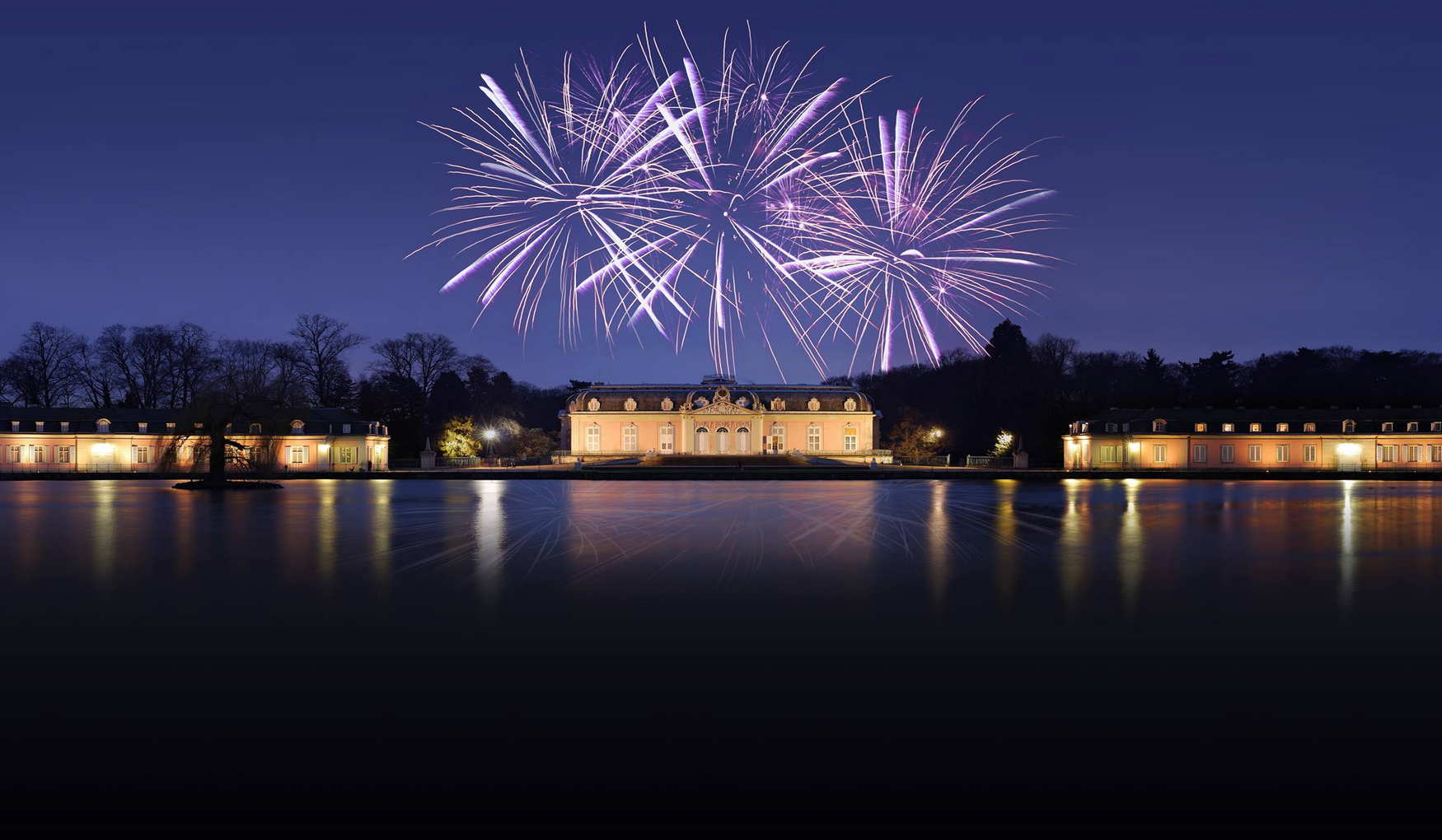In the southern part of Düsseldorf, on the banks of the Rhine, lies Palais Benrath, one of the city's most famous landmarks. It's an exquisite example of French architecture that took 15 years to build.
Benrath Palace was built as the residence of the Elector of the Palatinate and Bavaria, Karl-Theodor. The place is ideal for quiet, leisurely walks. If you are here with children, you can stroll along the wide avenues of the large park with its beautiful hedges, enjoy nature and visit exhibitions, as there are several museums in the castle that will also be of interest to young guests.
Contents
.jpg)
History of Benrath Palace
Schloss Benrat in Düsseldorf was built between 1755 and 1770 by the French architect Nicolas de Picage. As mentioned above, it was built as a residence where one could get away from the hustle and bustle and be alone with nature and one's thoughts.
Its construction was delayed for 15 years by the Seven Years' War, but today it still attracts admiring tourists. According to art historians, the palace also has features of early classicism that emerged during the lengthy construction process. Benrath Palace has been a museum since 1929.
South Park and Mini Zoo are located 8 km from the palace.
The palace grounds
.jpg)
The park adjacent to the palace has a regular square shape and is divided into two parts by an artificial irrigation canal, which was partially filled in during the 19th century. There is also a beautiful artificial pond in the grounds.
The building consists of a main building, west and east wings, several gates and four gatehouses. There are 80 rooms in all. The rooms of the Elector and his wife were in the main building, while the wings served as 'gentlemen's houses' for the entourage.
The splendid rococo building is interesting for its unusual and sometimes mysterious layout. For example, from the outside the building appears to be one and a half storeys high, but in fact it has two more storeys. Inside, there are many underground passages and secret rooms, and secret staircases leading to service rooms are hidden in the walls. Another peculiarity of the building was that an underground tunnel connected the kitchen, located in the west wing, with the palace.
.jpg)
Of course, all this could be presented as a mystery story. In reality, however, it's much simpler than that: the many hidden passages were for the use of the servants, so as not to be seen by the important guests and owners of the residence. But the secret passages and rooms are still fascinating for children and adults alike.
The palace now houses two exhibitions: the Natural History Museum and the Museum of European Park Art. The first is located in the west wing and has been open since 1929. The second is located in the east wing and opened its doors to visitors for the first time in April 2000.
The palace grounds are home to both permanent (e.g. an exhibition of royal porcelain) and temporary exhibitions. But a visit to the colourful old manor house is also interesting on its own. The interior is decorated with paintings and sculptures, paintings and natural wood furniture. Allegories of the seasons, farming scenes and hunting motifs can be found in the expositions.
Anyone interested can book a guided tour of the castle's rooms, either individually or in groups, to learn more about the history of the castle. There are even special tours of the castle's underground passages and secret rooms.
The French-style park is a must for a stroll. Go south of the palace and you'll see the greenhouses. In the past they housed tropical plants for the winter and brought them outside in pots in the warmer months. The building now houses the district library.
The park was restored in 2002. Not only the front part, but also the commercial part — the gardens that used to provide greenery for the court — were renovated. Walking through the park, you will be transported back to a time when people lived here and life was in full swing.
The preserved atmosphere of the castle reflects the ambience of those days. A walk in Benrath is a pleasure for the whole family. The timetable makes it easy for everyone to find a convenient time.











